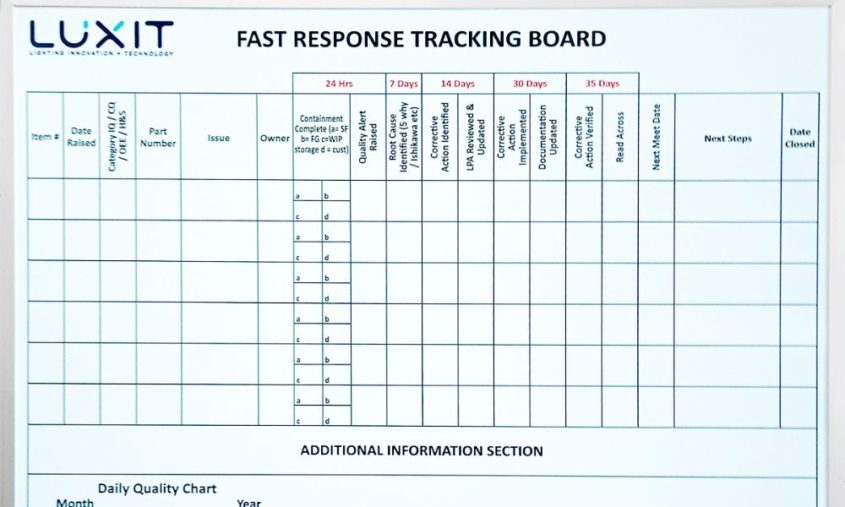Whiteboards vs. Dry-Erase Boards: What Are the Differences?
We often hear the terms “whiteboard” and “dry-erase board” used interchangeably when it comes to a versatile writing surface for brainstorming, teaching, or simply jotting down ideas. But are they really the same thing, or is there a hidden difference between them? Knowing the difference between whiteboards and dry-erase boards can help you select the right tool for your needs.
What Are Whiteboards and Dry Erase Boards?
Defining what we’re talking about is important before we dive into the nitty-gritty of their differences. Both whiteboards and dry-erase boards are non-permanent writing surfaces that allow you to write, erase, and rewrite with ease. The term “whiteboard” typically refers to a glossy, white surface where one uses markers to write, while “dry-erase board” is more of a generic term for any board that uses dry-erase markers.
Is There Really a Difference Between the Two?
The difference between whiteboards and dry-erase boards primarily exists in the marketing and specific use for which manufacturers designed them. Whiteboards are more of an office tool, while dry-erase boards can have a wider range of applications, including in the home or recreational settings.
However, this is where the differences end. These two boards have more similarities than differences between them. Manufacturers create the boards using the same materials and they function the same.
The Types of Materials Used for Whiteboards
Whiteboards and dry-erase boards can consist of a variety of materials, each offering different benefits and drawbacks. Here’s a closer look at some of the most common types:
Melamine
Melamine is essentially a plastic laminate coating over a particle board or MDF core. While melamine boards are affordable and offer a smooth writing experience, they tend to ghost, retaining remnants of past writings.
Painted Dry Erase Steel
Painted dry erase steel is a coating that manufacturers formulate to be a durable whiteboard surface that is also magnetic receptive. The coating can also have dye sublimation properties that allows for companies like ours to permanently print on whiteboards.
Porcelain-on-Steel
This material is more durable and resistant to ghosting. Porcelain-on-steel whiteboards are magnetic, allowing them to double as bulletin boards. They are ideal for heavy usage in educational and office settings but come with a higher price tag.
Tempered Glass
Tempered glass boards offer a sleek, modern alternative to traditional whiteboards. They provide excellent resistance to ghosting and are easy to clean. These boards are typically frameless, making them a stylish choice for office environments.
How To Choose the Right Board for You
Selecting the right board depends on several factors, including the environment you will use it in, the frequency of use, your budget, and customization preferences. A high-quality porcelain-on-steel or glass whiteboard is a wise investment for heavy use in professional settings. Painted steel is a budget friendly alternative to porcelain and glass, while offering a durable surface that stands up to heavy use and custom printing. A melamine board might be sufficient in the classroom or for light office work. Regardless of the type, look for products that promise non-ghosting and non-staining properties for a clean surface over time.
While you might think the differences between whiteboards and dry-erase boards are numerous, they are not. The only difference is the material you choose and how manufacturers marketed the product. You must understand what you need from your writing surface and how each material can support your creativity and productivity to choose the best board for your home, office, or teaching environment.




